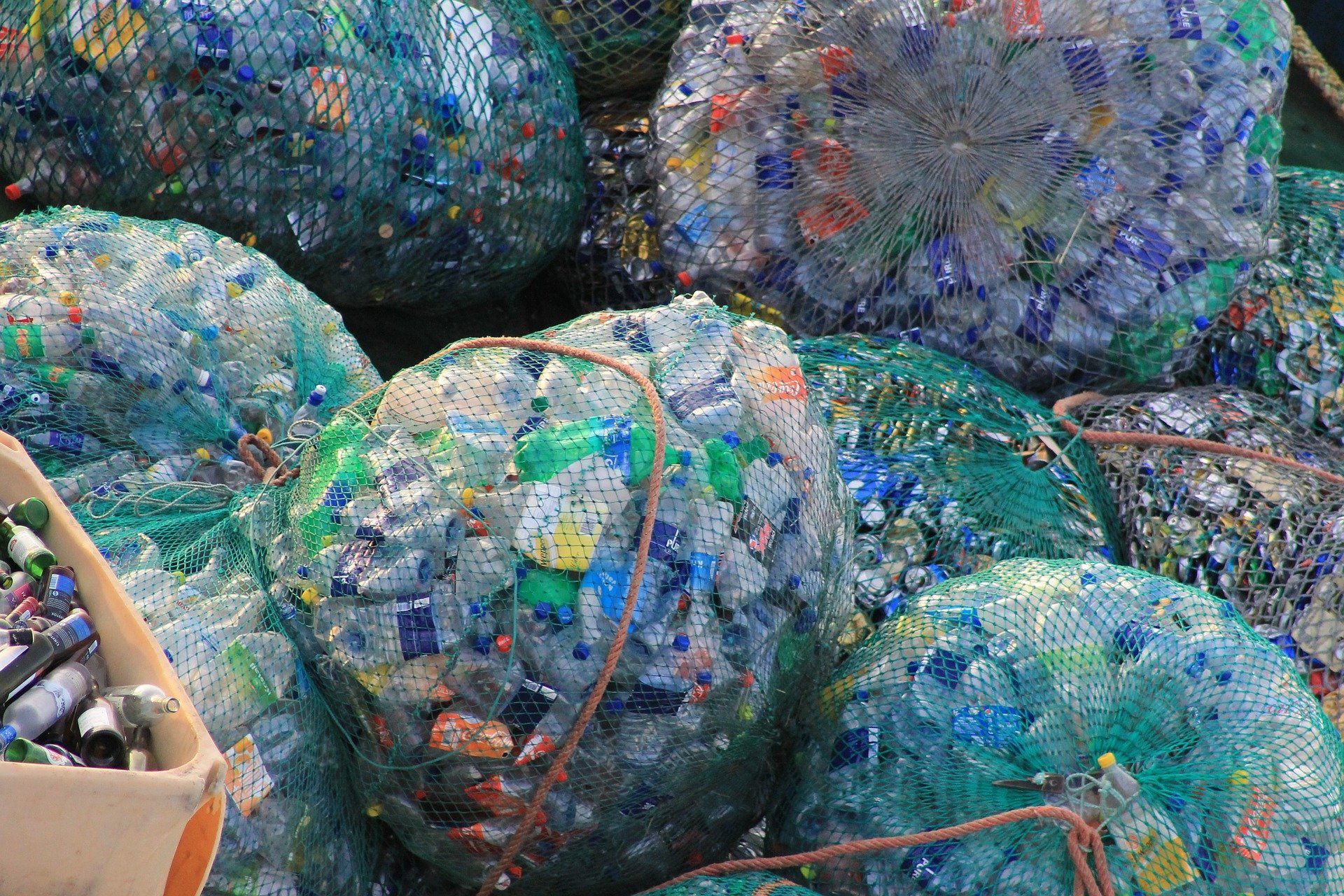
It need hardly be said that microplastics are hazardous to the environment and to health. But it is more difficult to determine exactly what the hazards are. For that, you need to know how the tiny plastic beads are spread. Yet until recently they were barely traceable, if at all. Scientists from Ghent University and the Flemish Institute for Technological Research (VITO) have now also come up with a way of tracking these tiniest of particles.
Microplastics are not just found in inhabited environments. The particles have also been found in inhospitable areas, such as in snow in the polar regions. From this you can surmise that they are capable of traveling through the atmosphere over long distances. Which means that you may be breathing them in as well. That’s why they are definitely also present in our food and drinking water. In turn, this means that the smallest particles are also absorbed by our bodies.
Tip of the iceberg
Therefore, it’s absolutely vital that we determine what effect these plastic particles have on our ecosystem and our health. Until now, detecting such small particles has not been easy. When it comes to plastic micro beads, only the tip of the iceberg is in fact being measured with the current method of monitoring.
Of the approximately 6300 million tons of plastic waste that we have all dumped between 1950 and 2015, most ended up in a landfill or in the natural environment. Plastic deteriorates into smaller and smaller particles as years go by. We generally refer to microplastics when these particles are less than 5 mm in size. Particles smaller than 1 µm are termed nanoplastics.
New measurement method detects microplastics
The Flemish researchers have discovered that Inductively coupled plasma mass spectrometry (ICP-MS) can detect previously undetectable particles. This technique is usually used to determine the content of (heavy) metals in all types of steel. On the basis of this technique, they developed a method that allows them to measure the number of polystyrene particles present in a water sample. This method makes it possible to detect microplastics with a size of at least 1 µm.
A lot of research is still needed before this new method can be put into practice. The researchers point out that a great deal still needs to be done concerning sample preparation. The microplastics need to be separated from any organic particles of natural origin, whether vegetable or animal in nature. They also want to further refine the technique so that particles smaller than 1 µm (nanoplastics) can also be detected.
Even though plenty of research is still needed, this development is seen as a breakthrough. After all, this approach has the potential to provide the much-needed information for environmental and health research, and also makes it possible to carry out these types of analyses relatively quickly.
Also interesting:
How harmful is microrubber to humans?
Innovative solution for plastic soup

